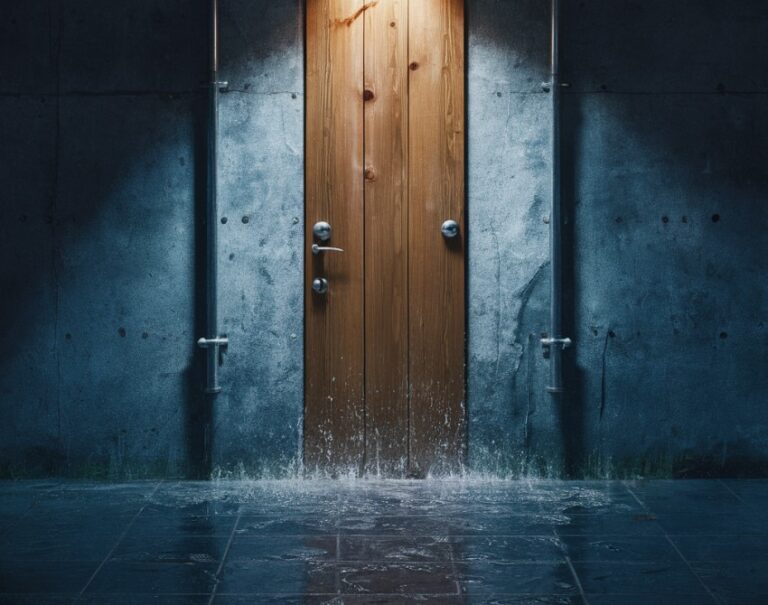Basement leaks are a homeowner’s nightmare. Water seeping into your basement can lead to mold, structural damage, and a whole lot of stress. If you’re dealing with a wet basement, you’re probably eager to figure out where the water is coming from so you can stop it in its tracks.
I’ve been there, dealing with a soggy basement floor and wondering where all that water is coming from. Let’s break it down step-by-step and figure it out together.
Recognizing the Symptoms
First things first, you need to look at the clues your basement is giving you. Here are some telltale signs:
- Puddles on the Floor: Obvious and frustrating.
- Damp Walls: Moisture on the walls can be a sign of seepage.
- Mold or Mildew: Musty smells and visible mold indicate ongoing moisture issues.
- Efflorescence: White, chalky residue on the walls, which shows that water is moving through the concrete.
- Peeling Paint: Paint bubbling or peeling is another sign of water intrusion.
By identifying these signs, you can start to narrow down the possible sources of your basement leak.
Common Sources of Basement Leaks
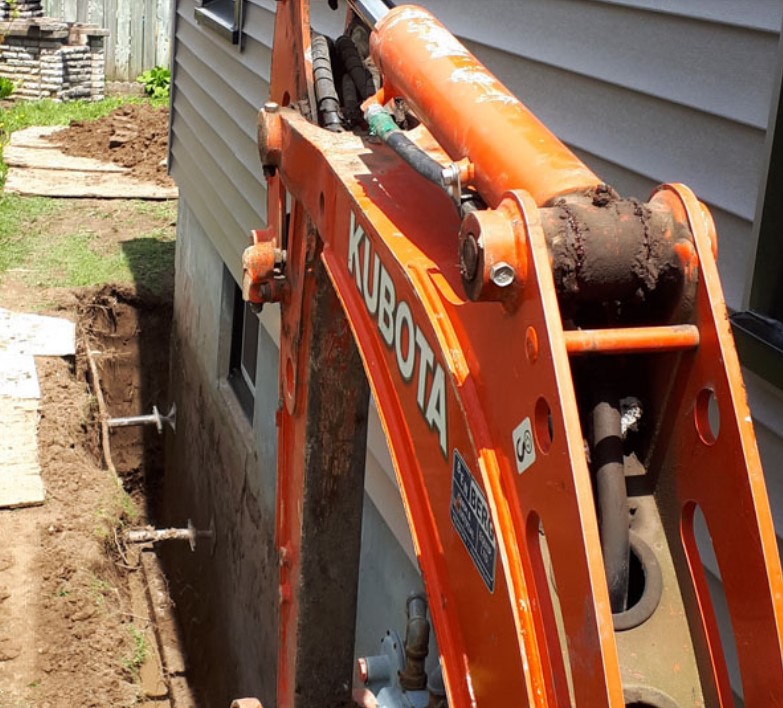
Cracks in the Foundation
One of the most common culprits. Over time, foundations can develop cracks that allow water to seep through. Inspect your basement walls and floor carefully for any visible cracks. Even small ones can let in a surprising amount of water.
If you find any cracks in your foundation, it’s crucial to address them promptly to prevent further water intrusion. For expert guidance and repair services, check out Foundation Waterproofing By Moe, a trusted resource in the Niagara Region for keeping basements dry and secure.
Improper Grading
The ground around your home should slope away from the foundation. If it slopes toward the house, water will collect and eventually find its way inside. Grab a shovel and check the grading around your home.
Clogged Gutters and Downspouts
If gutters are clogged or downspouts are too short, rainwater will spill over and accumulate around your foundation. This is an easy fix but often overlooked. Clean those gutters and extend the downspouts at least five feet from the house.
Window Wells
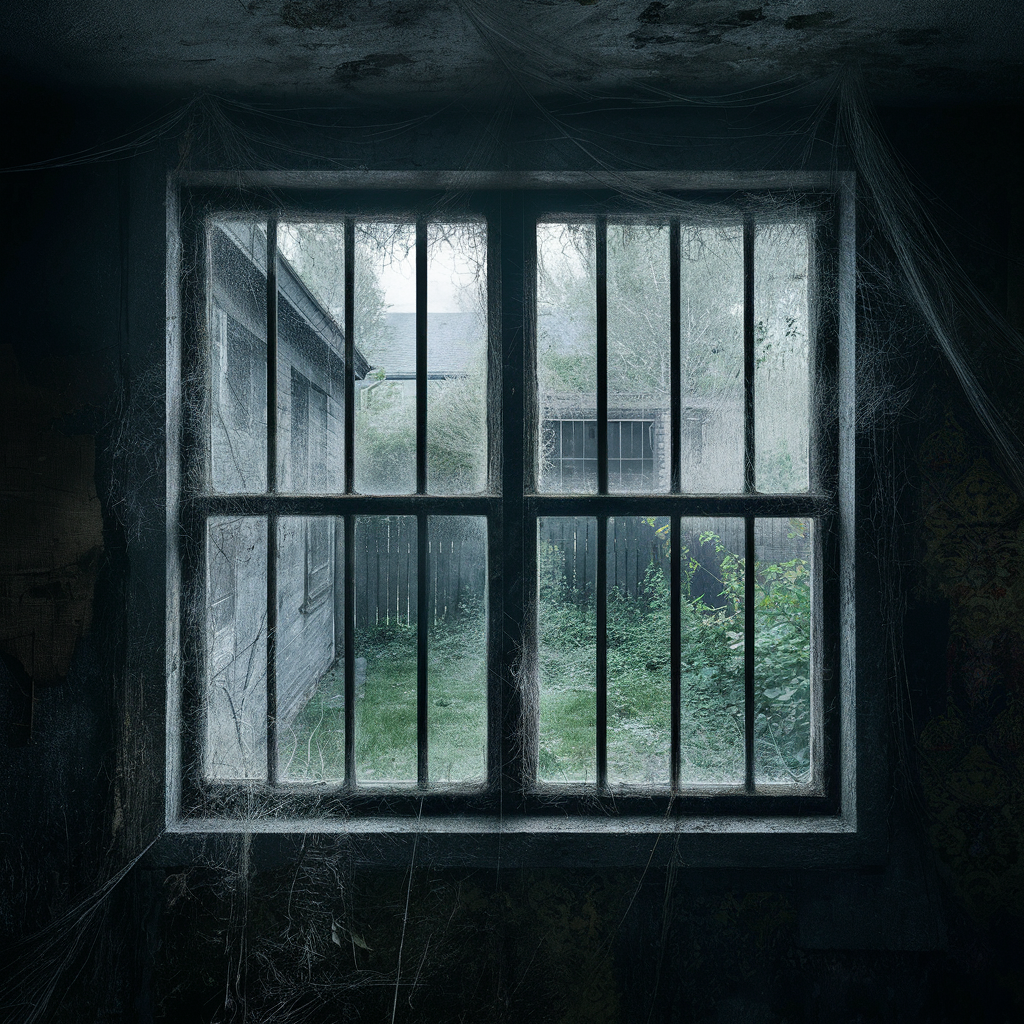
Basement windows can be another entry point for water, especially if the window wells fill up with water during a heavy rain. Check your window wells and make sure they’re draining properly.
Plumbing Leaks
Sometimes the issue isn’t rainwater at all but a leaky pipe or water heater. Inspect any exposed plumbing for leaks, and check the water heater and HVAC systems.
Investigating Further
Once you have a general idea of where the water might be coming from, it’s time to dig deeper.
The Hose Test
On a dry day, use a garden hose to simulate rain. Spray water on different parts of the exterior of your home and see if any water makes its way into the basement. This can help pinpoint whether the leak is coming from a specific area.
Interior Inspection
Inside, look at the walls and floor closely. Are there any patterns to where the water is appearing? Sometimes leaks can travel along beams or pipes and show up far from the actual source.
Exterior Inspection
Outside, check the foundation for cracks, gaps, or any other signs of damage. Pay close attention to areas where different materials meet, such as where brick meets concrete.
Preventive Measures
Once you’ve identified the source, taking steps to fix it is crucial. Here are some preventive measures you can take:
Seal Cracks
Use a high-quality sealant to fill any cracks in the foundation. For larger cracks, you might need to call in a professional.
Improve Grading
Regrade the soil around your home so it slopes away from the foundation. This might involve adding new soil and tamping it down to create a slope.
Clean and Extend Gutters
Keep gutters clean and ensure downspouts extend far enough from the house. Consider installing gutter guards to prevent future clogs.
Install Window Well Covers
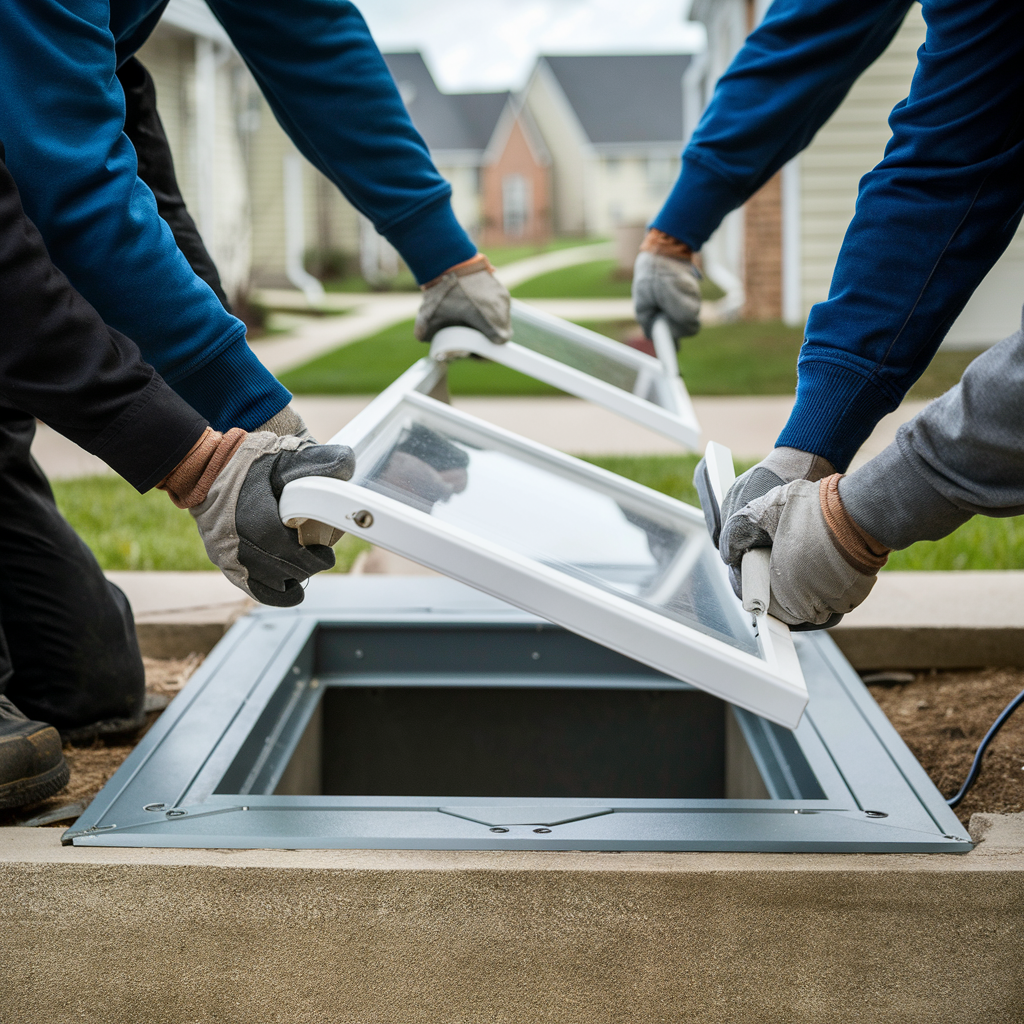
If window wells are a problem, installing covers can help keep water out while still letting in light.
Sump Pump Installation
In areas prone to flooding, a sump pump can be a lifesaver. It will pump water out of the basement before it has a chance to cause damage.
Waterproofing
Consider applying a waterproof coating to the interior walls of your basement. This can help prevent moisture from seeping through and causing problems.
When to Call a Professional
Some issues are beyond the scope of DIY fixes. If you’re dealing with extensive foundation damage, persistent leaks, or you’re just not sure what to do, calling in a professional can save you time and money in the long run. Look for a reputable basement waterproofing specialist who can assess the situation and provide a long-term solution.
Personal Experiences
I remember when I first noticed water in my basement. It was a small puddle at first, then it grew into a significant problem. After inspecting everything myself, I found a crack in the foundation that had been slowly expanding over the years. Sealing the crack and regrading the soil around my house made a huge difference. I also installed a sump pump for extra peace of mind. It was a learning experience, but ultimately, taking action early prevented more severe damage.
Another friend of mine had an issue with clogged gutters causing water to pour down the side of his house and into his basement window wells. Simply cleaning the gutters and installing downspout extenders fixed the problem for him.
Final Thoughts
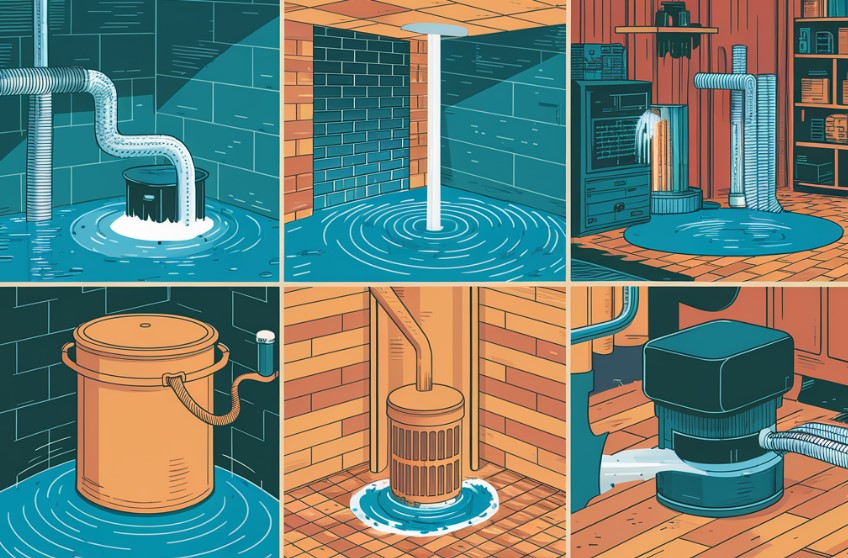
Dealing with a basement leak can feel overwhelming, but with a systematic approach, you can identify the source and take steps to fix it. By paying attention to the signs, inspecting thoroughly, and taking preventive measures, you can protect your home from water damage.
So, grab your flashlight, put on your detective hat, and start investigating. Your dry, comfortable basement awaits! If you’ve had any basement leak experiences or tips, feel free to share them in the comments. Let’s help each other keep our homes safe and dry.
Related Posts:
- 20 Best Gaming Headset Under 50$ 2024 - for PC, PS4,…
- 12 Best Car Wax For Black Cars 2024 - Protection and…
- Top 10 Best Inflatable Kayak 2024 - for Exploring…
- 13 Professional Bike Water Bottle Holder 2024 - Top…
- Top 10 Best Office Chair Under 200 2024 - Ergonomic…
- Top 10 Best Scrubs For Women 2024 - Pants for Nurses…

